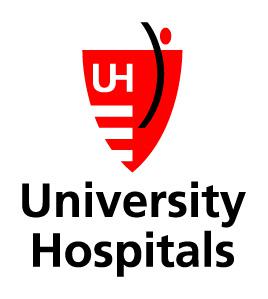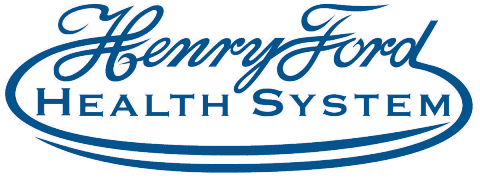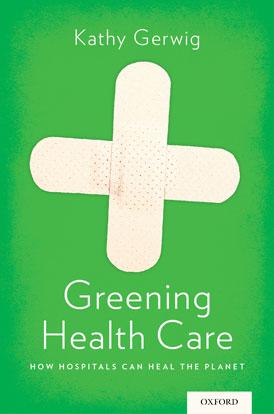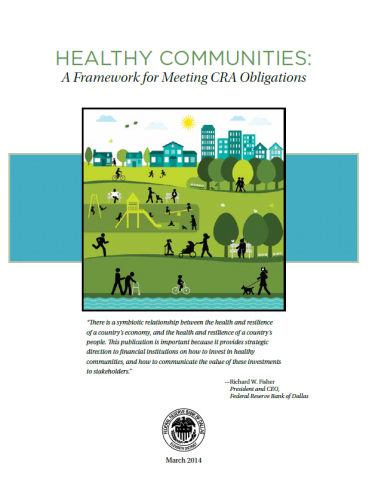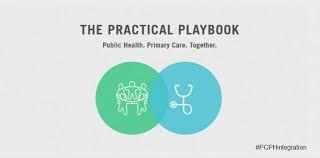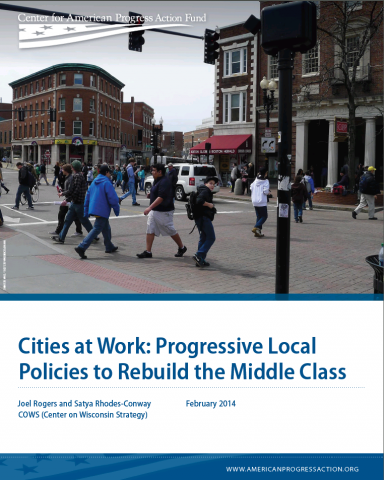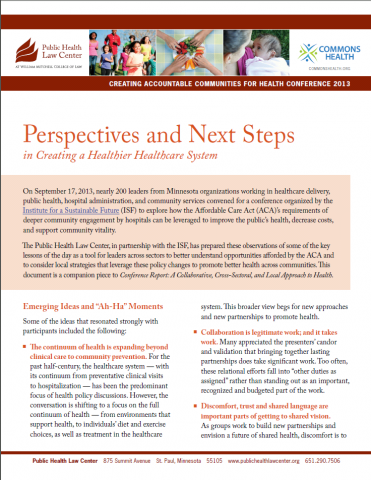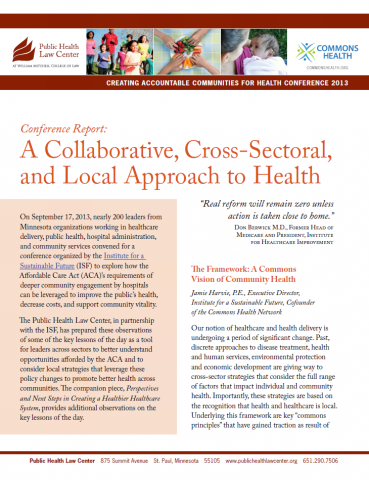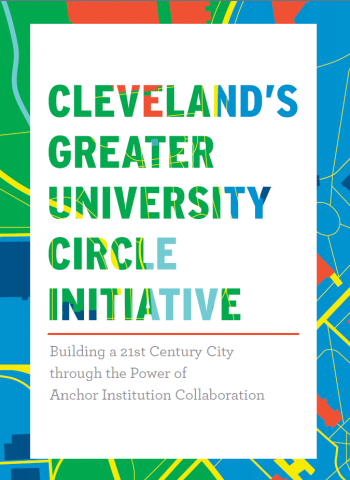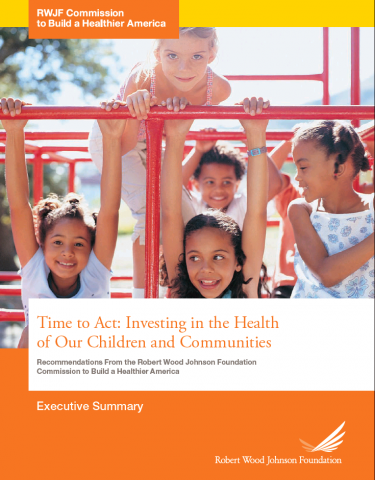University Hospitals System comprises the 1032-bed, former academic medical center of Case Western Reserve University, and six community hospitals across Northeast Ohio. The system employs more than 24,000 people and generates revenues in excess of $2 billion annually. A key initiative has been University Hospital’s Vision 2010 project, a $1.2 billion, five-year strategic growth plan that started in 2006. As part of Vision 2010, University Hospitals set separate goals to procure from local, minority- and women- owned businesses, and actively aimed to create new supplier capacity within the city. It also hired a third party to hold it accountable, voluntarily entered into a unique Project Labor Agreement, and has now started to apply this vision to its entire supply chain purchasing. Further still, University Hospitals is involved in other job creation and wealth building initiatives in the community.
